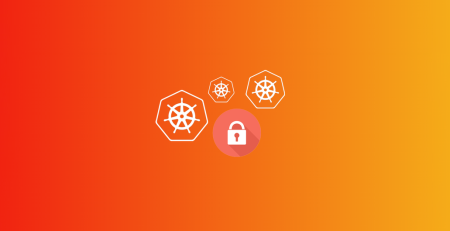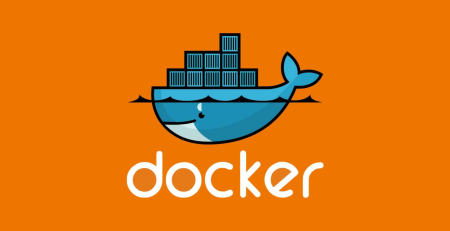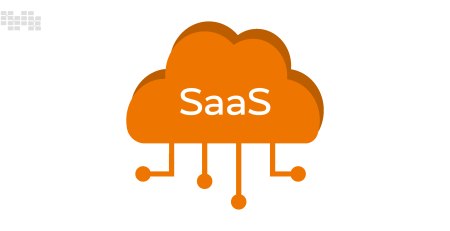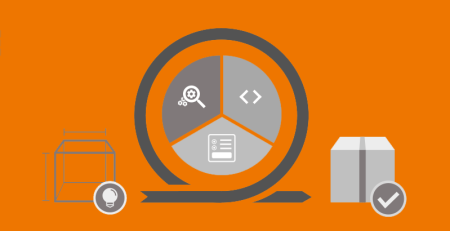Top 6 Demanding DevOps Tools
Software developers and IT operations specialists should communicate with one another, collaborate, and integrate their work, according to the DevOps concept. By dismantling silos and simplifying the whole software development lifecycle, it is a method that seeks to increase the effectiveness, quality, and dependability of software delivery.
Numerous technologies are available to assist DevOps teams in automating, managing, and monitoring their operations in order to achieve these objectives. We’ll examine the top 6 demanding DevOps tools in use right now in this blog article.
- Jenkins
A popular open-source automation server called Jenkins aids in automating a portion of the software development process. Developers can check the progress of their builds and deployments thanks to the dashboard’s simplicity. Jenkins interfaces with many other DevOps technologies and may be used to develop, test, and deploy software. Jenkins is a very adaptable automation tool because to its broad support for plugins and extensions. It is a standalone Java-based tool that is installable on several operating systems. Jenkins is frequently used to automate the build, test, and deployment phases of software development in Continuous Integration/Continuous Deployment (CI/CD) pipelines.
- Docker
An open-source framework for containerization called Docker assists developers in creating, packaging, and deploying their programs as containers. Containers offer a uniform runtime environment for applications and are compact and portable. Developers may concentrate on their apps rather than the infrastructure because to Docker’s simplicity in creating and managing containers. Docker offers a containerization engine that supports a large number of programming languages and frameworks and can execute containers on different operating systems. Additionally, Docker offers a common repository called the Docker Hub where users may save and share Docker images. Docker is frequently used in DevOps processes to consistently and dependably bundle and deliver applications. It is a frequently used tool for microservices and serverless architectures and is useful in container-based systems.
- Ansible
Ansible is an open-source automation tool that can be leveraged to automate IT duties like task automation, application deployment, and configuration management. Its simple, agentless architecture enables users to remotely manage servers without any software installations. Ansible’s declarative language helps to define the ideal state of IT infrastructure, making it easy to understand and operate. It is compatible with a wide range of operating systems and cloud platforms and integrates well with many other DevOps tools. Due to its scalable and flexible automation capabilities, Ansible is a popular choice for DevOps teams. It is frequently used in Infrastructure as Code (IaC) workflows for automating cloud infrastructure creation and management. Ansible is also frequently used in Continuous Delivery (CD) pipelines to automate application deployment.
- Kubernetes
The deployment, scaling, and maintenance of containerized applications are all automated via the open-source container orchestration technology known as Kubernetes. It offers a strong and adaptable method for controlling containerized workloads over a distributed infrastructure. Developers can simply manage and grow their applications with Kubernetes, assuring their efficient and reliable operation. It includes functions that make sure that applications are highly available and fault-tolerant, including load balancing, automated scaling, and self-healing capabilities. Kubernetes is a flexible solution for managing containerized workloads since it supports a broad variety of container runtimes and cloud platforms. Additionally, it works nicely with other DevOps tools like Ansible and Jenkins. To manage and orchestrate containerized apps in a production environment, Kubernetes is frequently used in DevOps processes. It is a critical tool for modern container-based infrastructure, such as microservices and serverless architectures.
- Git
Developers use the open-source version control program Git to keep track of changes to their codebase. It offers a distributed and cooperative method for creating software, allowing programmers to collaborate on the same codebase at the same time, merge changes, and monitor development over time. With Git, programmers can keep track of several versions of the codebase, test out new features without changing the main code, and revert to earlier versions as necessary. It is suited for both small and big projects since it is made to be quick, scalable, and dependable. Git is straightforward to use for developers of all skill levels thanks to its user-friendly graphical user interfaces and strong command-line interface. DevOps organizations can automate software development workflows because to Git’s strong integration with other DevOps technologies like Jenkins, Ansible, and Kubernetes. Git is a vital tool for today’s software development, allowing programmers to work together effectively, maintain the quality of their code, and produce software fast and consistently.
- Grafana
Developers and DevOps teams may view, examine, and comprehend their apps and infrastructure with the aid of Grafana, an open-source data visualization and monitoring platform. Users may display and analyse metrics from multiple data sources, including databases, cloud platforms, and monitoring systems, using Grafana’s user-friendly dashboarding interface. With Grafana, users may design unique dashboards, charts, and alerts to monitor important performance indicators and conduct real-time problem-solving. Grafana is a flexible tool for monitoring and visualization since it supports a large variety of data sources and plugins. It works well with other DevOps tools like Prometheus, Kubernetes, and Jenkins, allowing DevOps teams to create workflows for end-to-end monitoring and observability. For monitoring and visualizing cloud infrastructure, microservices, and other distributed systems, DevOps operations frequently employ Grafana. For assuring the dependability and accessibility of contemporary software systems, it is an essential instrument.
Conclusion
DevOps is a philosophy that emphasizes collaboration and integration between software developers and IT operations professionals. To achieve these goals, there are several tools available that can help DevOps teams automate, monitor, and manage their workflows. The six tools listed above are currently in high demand and are widely used by DevOps teams around the world. By leveraging these tools, DevOps teams can improve the efficiency, quality, and reliability of their software delivery.













Leave a Reply